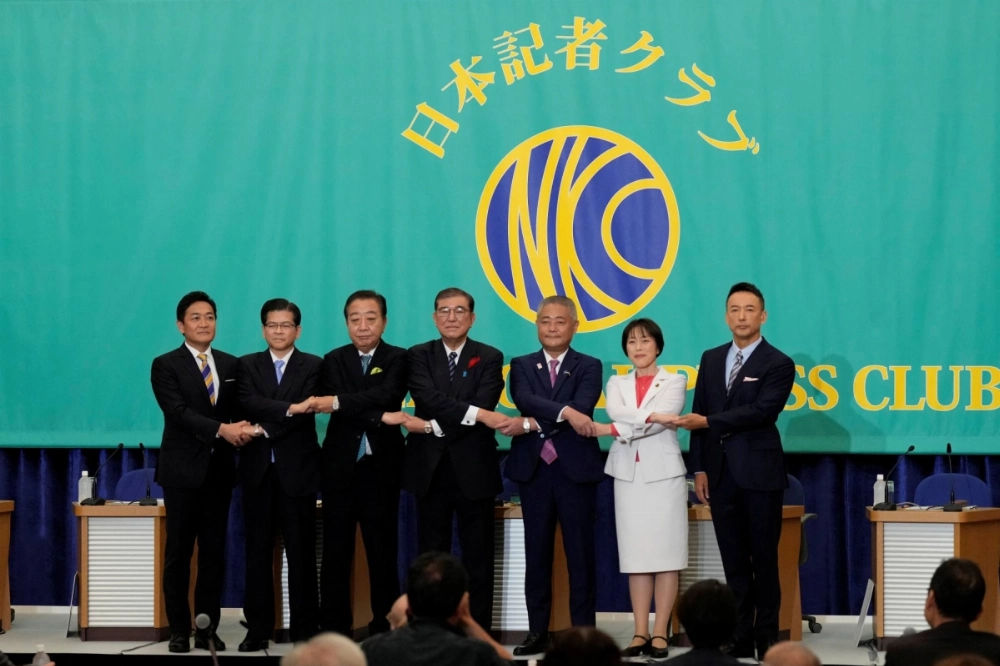Sunday’s election upended Japanese politics. The ruling coalition of the Liberal Democratic of Japan and its junior partner Komeito took a beating, leaving Prime Minister Shigeru Ishiba and his government in limbo. The leading opposition party, the Constitutional Democratic Party of Japan, picked up many of the seats that the coalition lost, but not enough to form a government.
The results leave smaller parties, such as the Democratic Party for the People in particular, with considerable power. The DPP may prove to be the kingmaker in the Nov. 11 Lower House vote to name the prime minister and exercise influence over the resulting government. The relationship between the coalition and the DPP looks to be tentative at best, however, and Japanese politics will remain unstable.
The LDP was punished at the polls last weekend, hammered by the political funds scandal and a seeming loss of direction, losing its absolute majority in the Lower House. Its presence dropped to 191 seats, down from its 247-seat majority in the previous session.



















With your current subscription plan you can comment on stories. However, before writing your first comment, please create a display name in the Profile section of your subscriber account page.